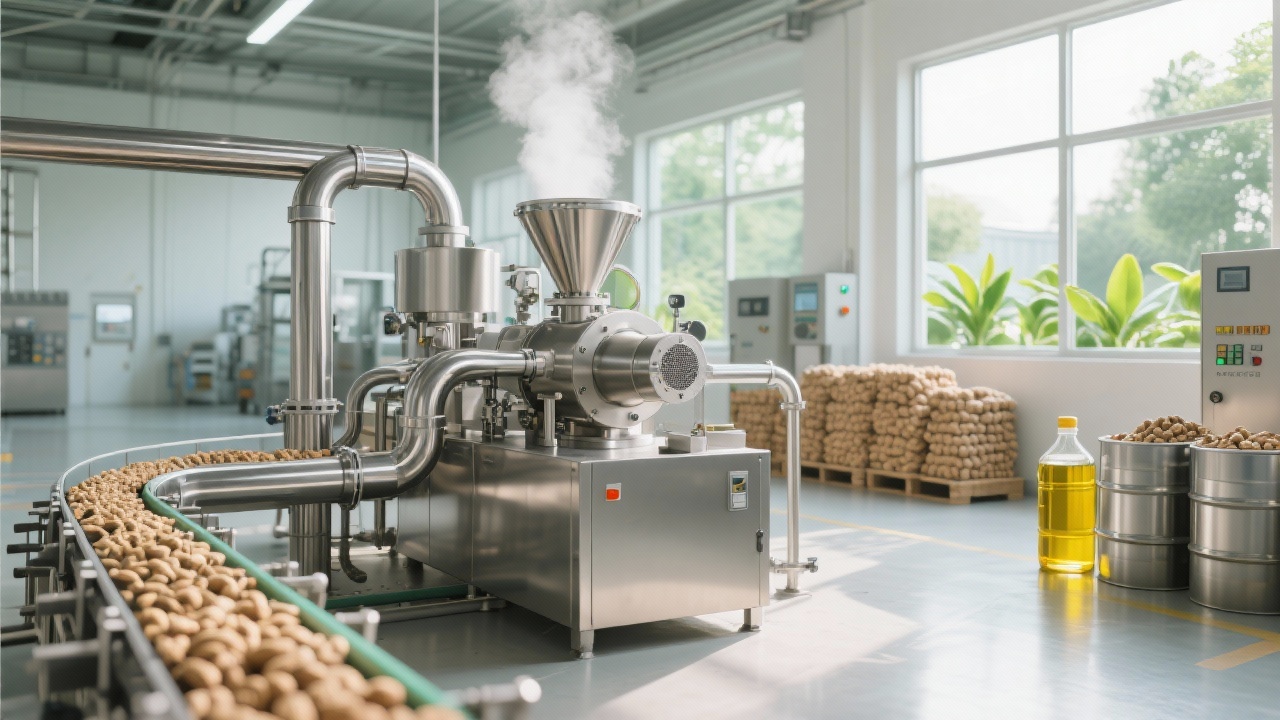
For food processors, chemical manufacturers, and pharmaceutical producers seeking efficient oil extraction—especially in cold or hot pressing scenarios—the spiral oil press is no longer just a machine—it's a strategic asset. But how do you ensure it delivers consistent performance over time without compromising space or energy efficiency?
Unlike traditional single-screw designs that struggle with material buildup and uneven pressure distribution, modern spiral oil presses now use a dual-spiral axis system. This design allows for tighter integration of the compression zone while maintaining smooth flow dynamics.
Real-world impact: In tests conducted across peanut, soybean, and rapeseed applications, this configuration improved throughput by up to 27% compared to older models, with an average reduction in power consumption of 15–20%. The result? Higher yield, lower waste, and less downtime.
| Application Type | Oil Yield (%) | Energy Use (kW·h/kg) |
|---|---|---|
| Peanut Cold Press | 68–72% | 0.95 |
| Soybean Hot Press | 75–78% | 1.10 |
| Rapeseed Cold Press | 65–69% | 1.02 |
You may have experienced clogged discharge channels during high-volume runs—or worse, unexpected maintenance stops due to worn-out components. That’s where material selection matters. High-strength alloy steel (like AISI 420) for screws and hardened stainless steel (AISI 304) for the barrel significantly extend service life—often beyond 5 years under continuous operation.
The key lies in thermal stability. The dual-axis structure distributes heat more evenly than single-screw systems, reducing localized overheating—a common cause of oil degradation in hot pressing. Meanwhile, the self-cleaning mechanism kicks in automatically when the screw rotates backward at low speed after each cycle, pushing residual solids out through the discharge port.
Pro tip: For optimal results, adjust the screw speed based on feedstock moisture content—typically between 30–50 RPM for most seeds. This ensures both high extraction rates and minimal mechanical stress.

Operators often overlook routine checks—but they’re critical. A simple weekly inspection of bearing temperature, lubrication levels, and belt tension can prevent costly breakdowns. We recommend logging these metrics using our free digital checklist (available upon request).
Still wondering if your current setup meets today’s green production standards? Our latest models comply with EU EN ISO 14001 environmental guidelines and feature real-time energy monitoring via built-in IoT sensors.
If you're facing inconsistent yields, frequent blockages, or rising energy costs—there might be a smarter way forward.
Let us analyze your process needs and match you with the right spiral press—engineered for your specific oilseed type, capacity, and sustainability goals.
Request a Free Technical Consultation
